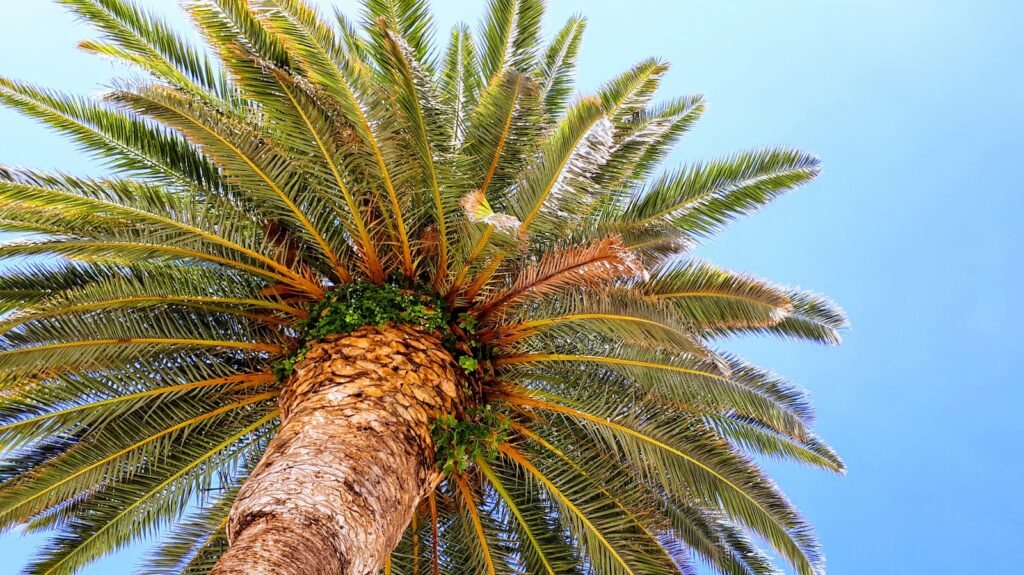It’s in your shampoo. It’s in your ice cream. It’s even in your lipstick and pizza dough. Palm oil is everywhere, hiding in plain sight, and most of us have no idea how much we rely on it every single day. But behind the gleaming supermarket shelves and glossy packaging, there’s a darker, tangled story—one that stretches all the way to the heart of the Amazon rainforest. The world’s hunger for palm oil is not just changing what we eat and use; it’s driving a wave of destruction that’s tearing through one of Earth’s most precious wild places. The scale of devastation is almost impossible to imagine. Lush, ancient forests are being flattened. Rare animals are losing their homes. Indigenous communities are fighting for survival. And the irony? All this for a product you probably didn’t even know you were using. Let’s step behind the curtain to see what palm oil really is, why it’s become so essential—and why its shadow is growing over the Amazon.
Palm Oil: The Ubiquitous Ingredient

Palm oil comes from the fruit of the oil palm tree, a squat, bushy plant that thrives in hot, humid climates. What makes palm oil so irresistible to manufacturers is its versatility. It’s odorless, tasteless, and stays solid at room temperature, making it perfect for everything from baked goods to soaps. Walk down any grocery aisle and you’ll find palm oil listed under dozens of names—sometimes as “vegetable oil,” sometimes as “palmitate,” or even “glyceryl.” This chameleon-like ingredient sneaks into over half of all packaged products. Whether you’re brushing your teeth, moisturizing your skin, or munching on a cookie, there’s a good chance you’re touching palm oil.
From Snack Foods to Soap: Everyday Uses
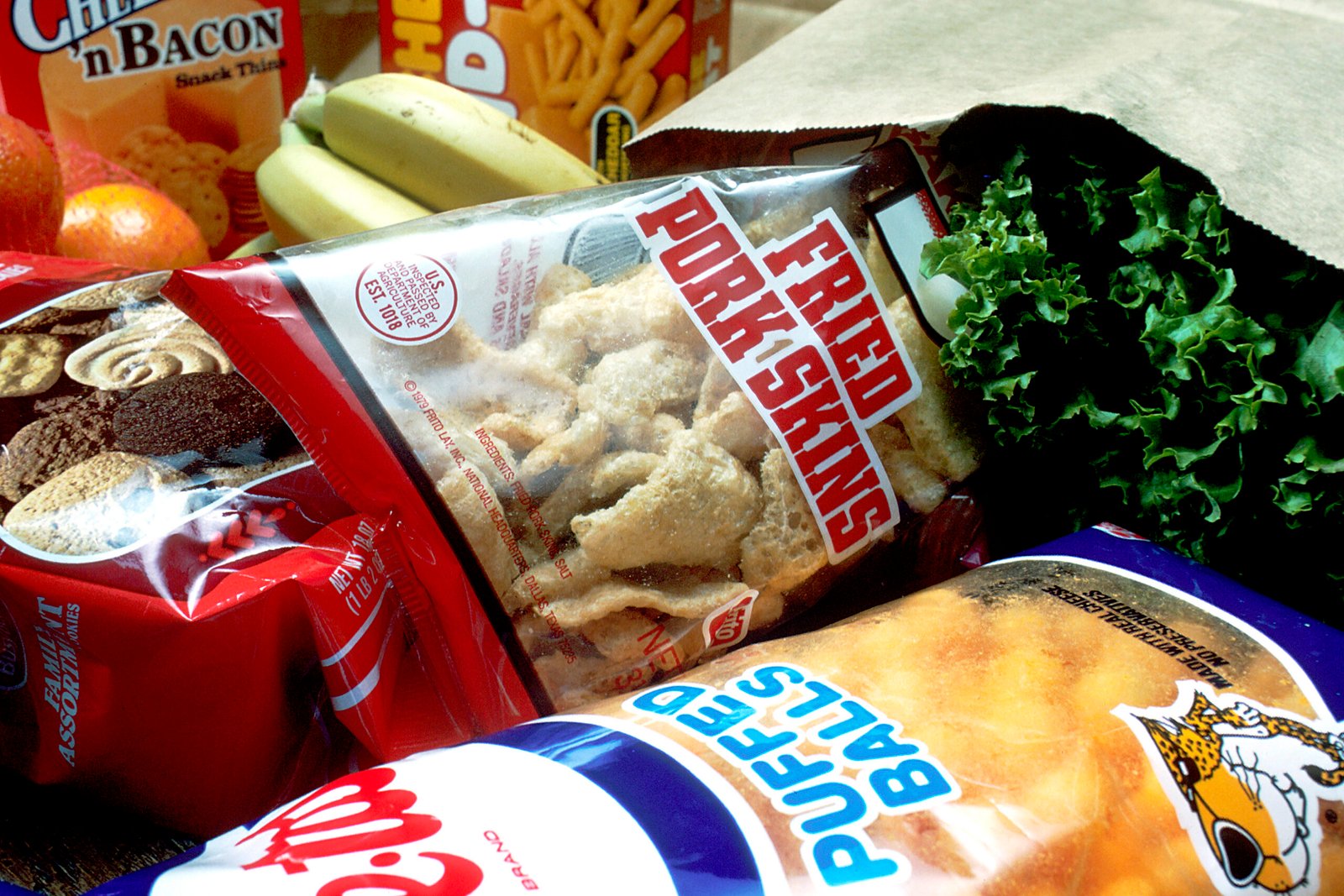
The list of products containing palm oil is almost endless. It’s used to give potato chips their crunch, keep chocolate silky smooth, and extend the shelf life of bread. Beyond food, palm oil turns up in laundry detergents, shampoos, and even makeup. Its ability to blend smoothly with other substances makes it a favorite for cosmetics. In fact, you’re likely to use palm oil multiple times a day without realizing it. It’s the silent star in everything from instant noodles to deodorant.
The Science Behind Palm Oil’s Popularity
What sets palm oil apart from other vegetable oils is its high yield and efficiency. An acre of oil palm trees produces up to ten times more oil than soybeans or sunflowers. That means less land is needed for the same amount of oil—at least in theory. Palm oil is also rich in saturated fats, which gives it that desirable creamy texture for processed foods. Scientists have found ways to refine and modify palm oil so it behaves just the way manufacturers want. It’s cheap, flexible, and easy to work with—a dream come true for big companies.
How Palm Oil Production Works
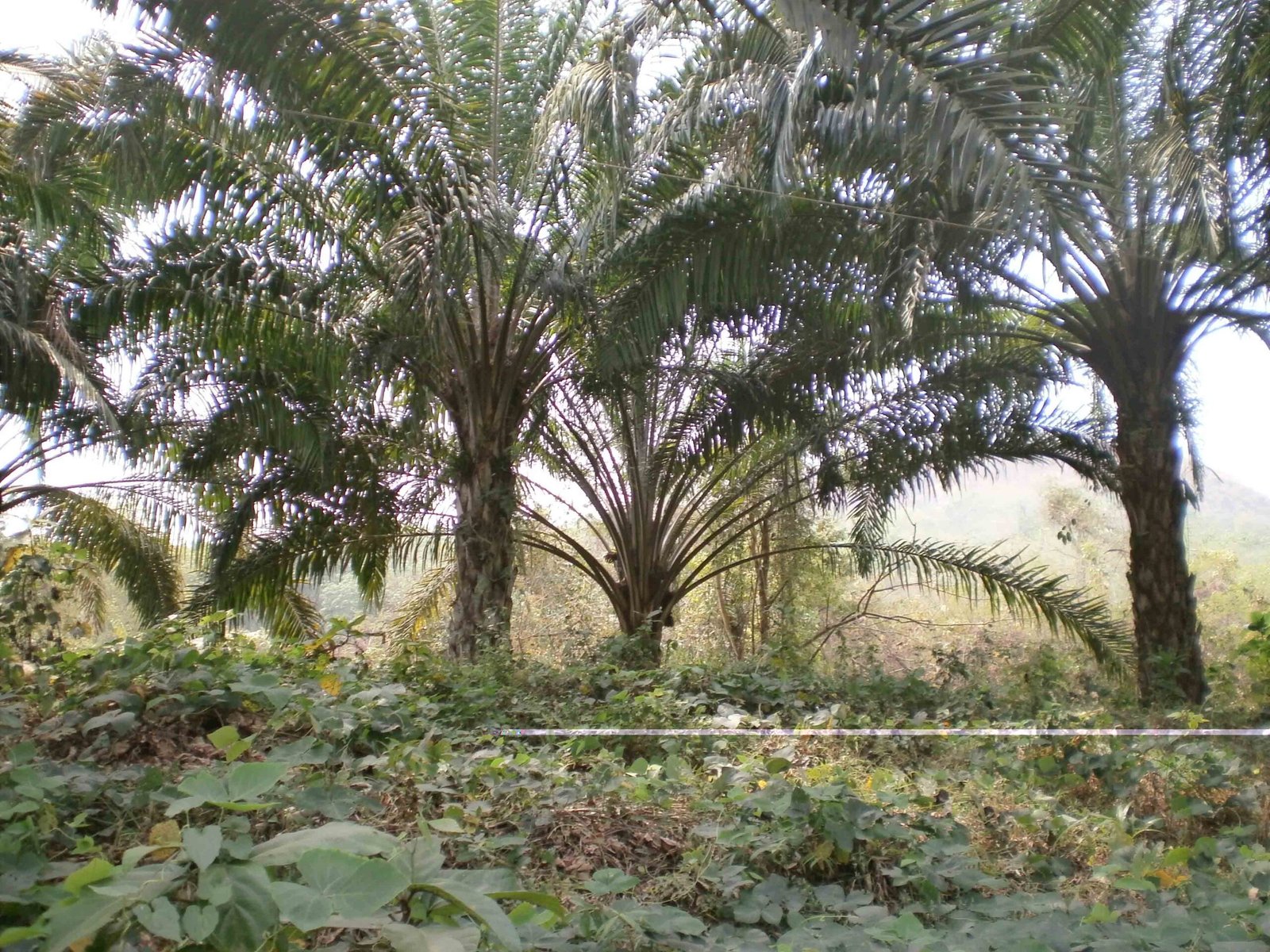
To produce palm oil, workers harvest bunches of reddish fruits from the oil palm tree. These are sent to mills, where the oil is extracted, refined, and packaged. The process is fast and efficient, but it’s also labor-intensive. Plantations can stretch for miles, with neat rows of palms replacing wild forest. In countries like Indonesia and Malaysia, palm oil has become a major economic engine. But the same methods are now spreading to South America, including the Amazon.
The Amazon: Earth’s Lungs Under Threat
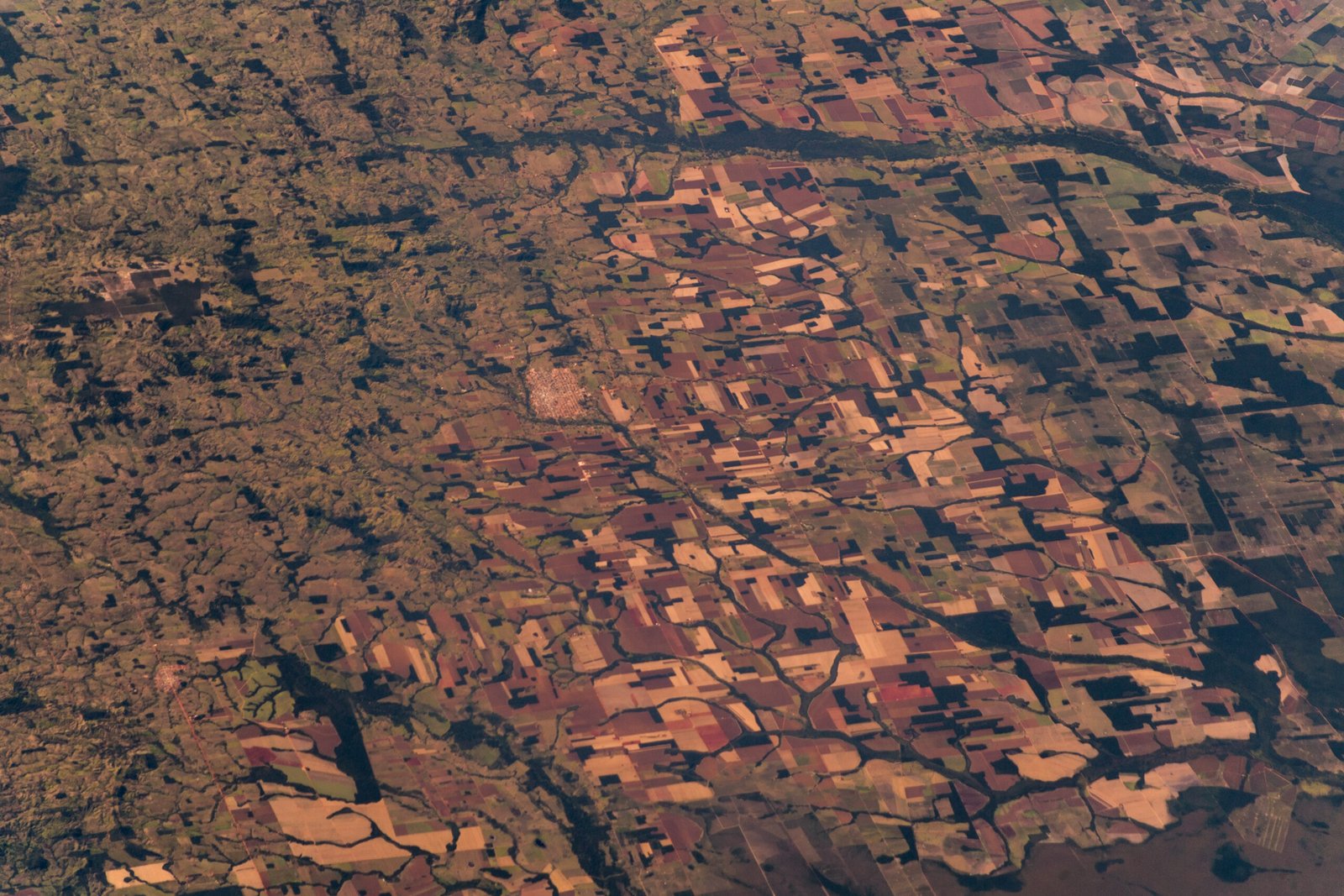
The Amazon rainforest is often called “the lungs of the planet” because it absorbs vast amounts of carbon dioxide and produces oxygen. It’s a wonderland of biodiversity, home to jaguars, sloths, poison dart frogs, and countless other species found nowhere else. But as palm oil production expands, the Amazon’s forests are being cleared at an alarming rate. Satellite images show scars of bare earth where trees once stood. The loss of these forests doesn’t just mean fewer trees—it’s a blow to the entire planet’s health.
Deforestation: The Cost of Expansion
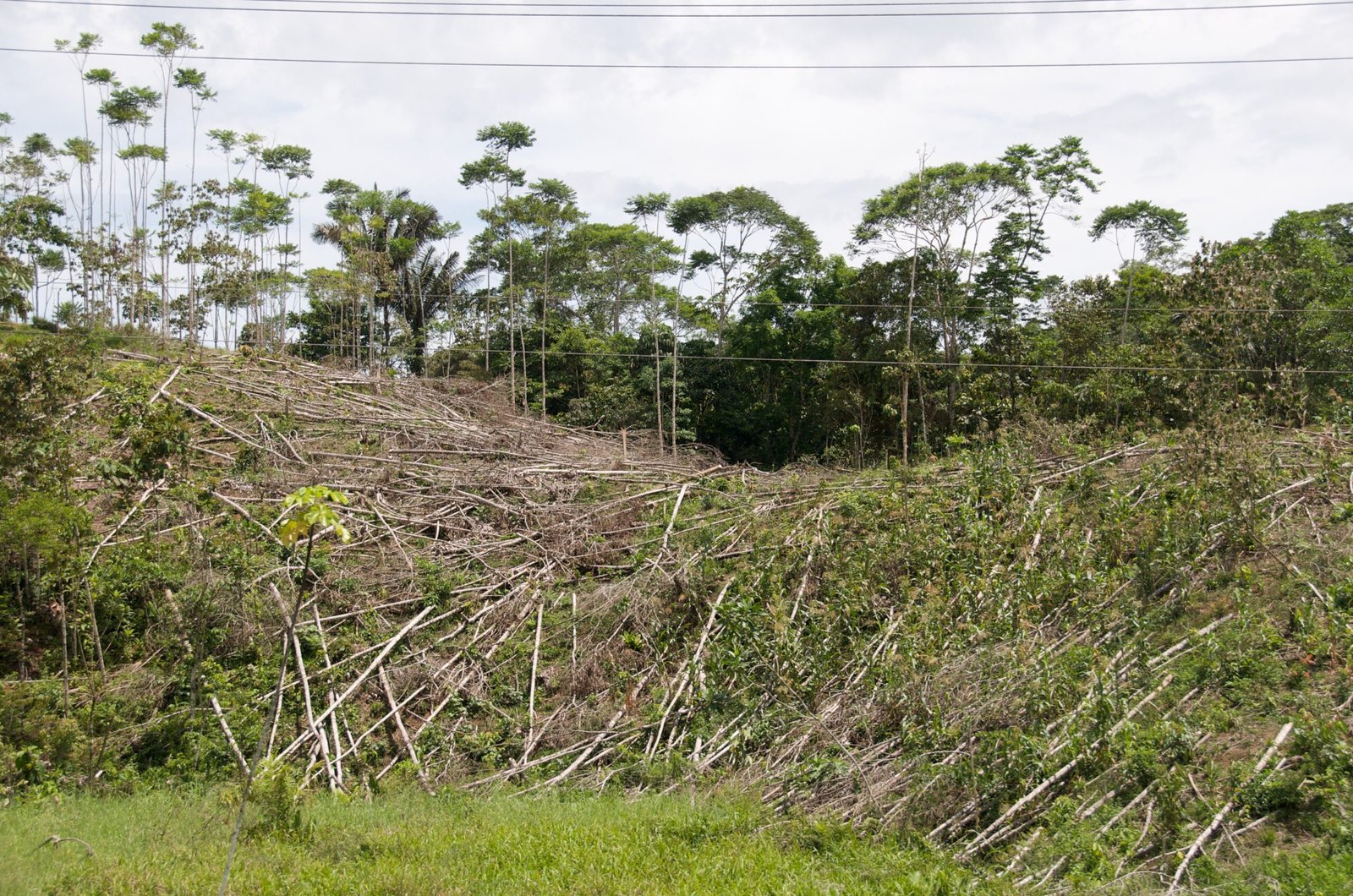
To make room for palm oil plantations, huge swathes of rainforest are bulldozed, burned, or logged. This process, called deforestation, destroys habitats for thousands of animals and plants. The soil, once held in place by tangled roots, washes away in heavy rains. Streams fill with mud, choking fish and turtles. The air fills with smoke from burning wood. Deforestation in the Amazon is not just about losing trees—it’s about unraveling a whole ecosystem.
Impact on Wildlife and Biodiversity
When rainforest gives way to palm plantations, wildlife pays the highest price. Monkeys, colorful birds, and big cats lose their homes almost overnight. Some animals, like the Amazonian tapir or the harpy eagle, can’t survive outside the dense forest. Others are hunted or displaced as people move in. Scientists estimate that hundreds of species face extinction if current trends continue. The loss of biodiversity is not just heartbreaking—it weakens the entire web of life.
Indigenous Peoples in the Crossfire
For centuries, Indigenous communities have lived in harmony with the Amazon. They hunt, fish, and grow food without destroying the land. But palm oil plantations often force them off their ancestral territories. Promises of jobs or development rarely materialize, and communities can lose access to clean water and traditional foods. The struggle for land rights has become a life-or-death battle for many Indigenous groups, who are defending not just their homes but their cultures and ways of life.
Greenhouse Gas Emissions and Climate Change

Cutting down rainforests doesn’t just harm wildlife—it releases massive amounts of carbon dioxide into the atmosphere. Trees act as carbon sinks, locking away greenhouse gases that would otherwise heat the planet. When forests are cleared and burned, all that stored carbon is released at once. Palm oil expansion in the Amazon has become a major driver of climate change. The irony is staggering: a product meant to be “natural” is fueling global warming at a breathtaking pace.
Water Pollution and Soil Degradation
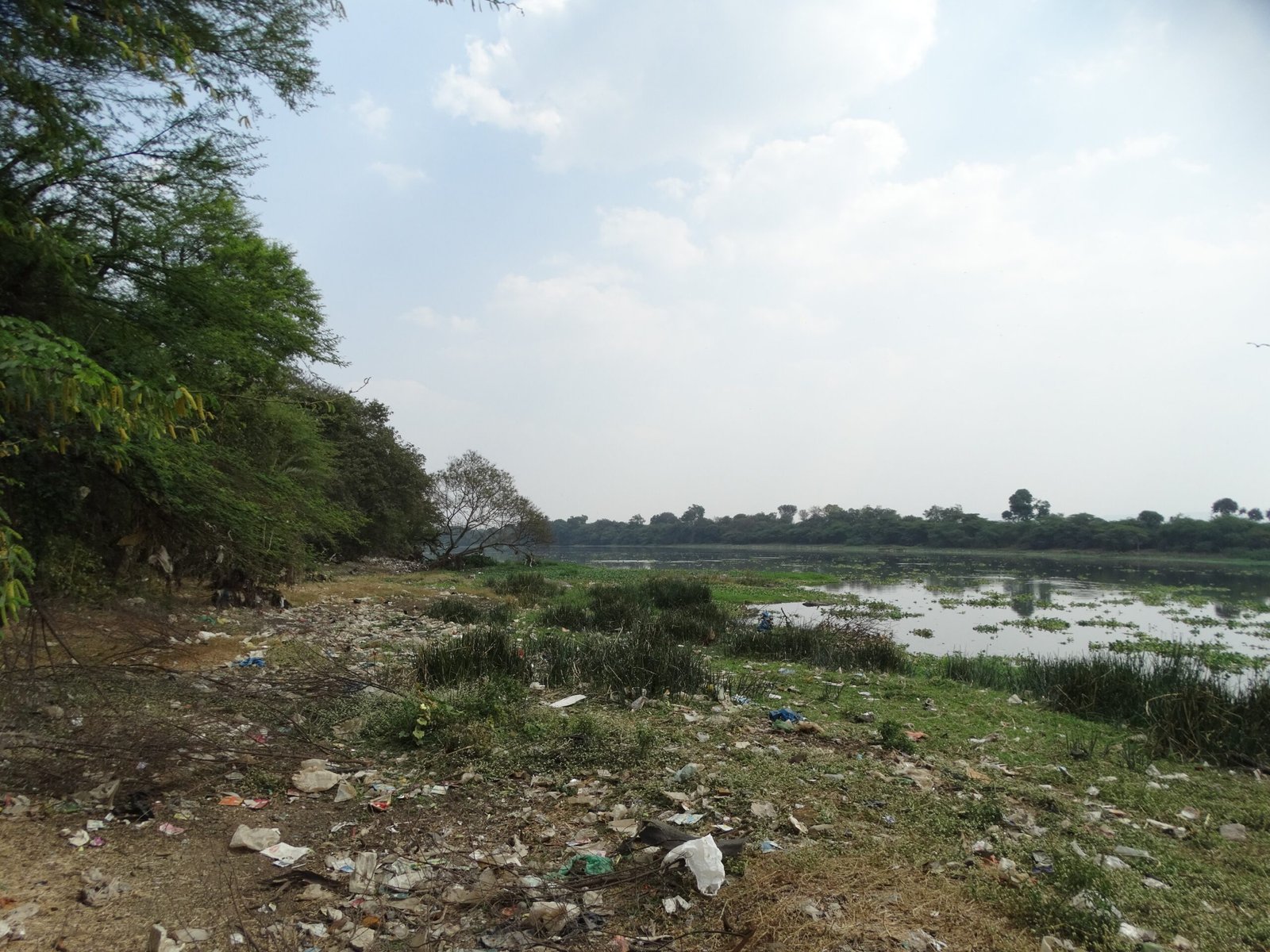
Palm oil plantations use fertilizers and pesticides to boost yields, but these chemicals often run off into rivers and streams. Fish die, drinking water becomes unsafe, and people get sick. The soil itself suffers, losing nutrients and becoming more prone to erosion. Over time, the lush, living earth of the rainforest turns into a barren landscape. The damage doesn’t end at the plantation’s edge—it ripples outward, affecting everything downstream.
The Global Demand Driving Destruction
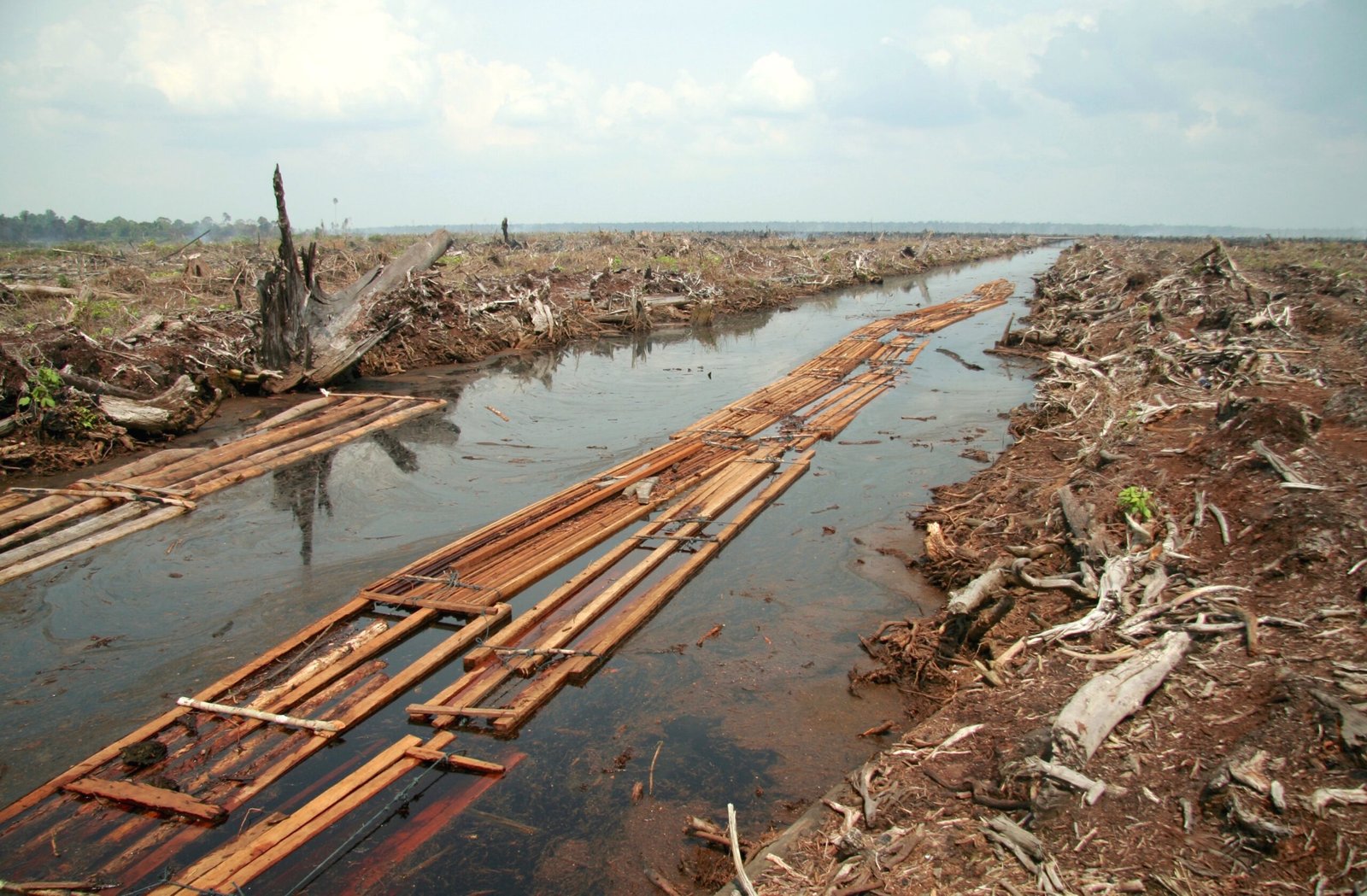
Why is palm oil production booming in the Amazon? The answer lies in global demand. As more people around the world buy processed foods and personal care products, companies scramble to secure cheap, reliable supplies of palm oil. Countries like Brazil and Colombia see an opportunity to cash in, following the path blazed by Southeast Asia. The result is a race to the bottom, with forests sacrificed in the name of economic growth.
Sneaky Labels: Finding Palm Oil in Products
One of the biggest challenges for consumers is figuring out where palm oil hides. Manufacturers use dozens of aliases—everything from “sodium laureth sulfate” to “vegetable fat.” Even eco-friendly products sometimes contain palm oil derivatives. This makes it almost impossible for shoppers to avoid palm oil unless they become label detectives. Some companies have started to offer palm oil–free alternatives, but they’re still the exception, not the rule.
Sustainable Palm Oil: Hope or Greenwashing?
In response to criticism, some companies now promise to use “sustainable” palm oil. Organizations like the Roundtable on Sustainable Palm Oil (RSPO) set standards to prevent deforestation and protect workers’ rights. But critics argue that these schemes are often toothless, with weak enforcement and loopholes. In the Amazon, “sustainable” certification sometimes means little more than business as usual. Real change requires transparency and accountability—not just glossy labels.
Alternatives to Palm Oil: Are They Better?
Switching to other vegetable oils might seem like a solution, but it’s not that simple. Palm oil is incredibly efficient, so replacing it with soy or coconut oil could require even more land. Scientists are exploring new crops and even lab-grown oils, but these are still in the early stages. The real challenge is to reduce overall demand for processed foods and products, not just swap one oil for another. Consumers, companies, and governments all have a role to play.
Efforts to Protect the Amazon
Conservation groups, Indigenous organizations, and even some governments are fighting to protect the Amazon from palm oil expansion. They’re working to create protected areas, support sustainable livelihoods, and enforce environmental laws. There are stories of hope—communities that have reclaimed their land, forests that have been restored. But the struggle is far from over. The forces driving deforestation are powerful and relentless.
What Can Consumers Do?
It’s easy to feel powerless in the face of such a big problem, but small choices can add up. Reading labels, supporting companies that use certified sustainable palm oil, and reducing consumption of processed foods all make a difference. Some people join campaigns or donate to rainforest protection groups. Others spread the word, helping friends and family learn about the hidden cost of palm oil. Every action counts, no matter how small.
Scientific Innovations and Future Solutions
Researchers are racing to find ways to make palm oil production more sustainable. Some are developing high-yield, disease-resistant oil palm varieties that need less land. Others are inventing computer models to track deforestation and identify illegal plantations. New satellite technologies can spot forest loss in real time, giving governments and activists a fighting chance. Science isn’t a magic bullet, but it offers hope for smarter, more responsible production.
The Role of Policy and Regulation

Governments have enormous power to shape the future of the Amazon. Strong laws against illegal logging, better land-use planning, and incentives for sustainable agriculture can make a huge difference. International agreements, like trade bans on products linked to deforestation, put pressure on companies to clean up their act. But enforcement is key—on paper, many countries have good laws, but corruption and weak oversight let violations continue.
Personal Reflections: The Human Side of the Story
When you hold a chocolate bar or bottle of shampoo, it’s easy to forget the journey behind it. But every product connects us to people and places we may never see. I remember hiking in a patch of Amazon forest and hearing the eerie silence where birds once sang—nature’s voice replaced by the hum of chainsaws. It’s heartbreaking, but also inspiring to meet people who refuse to give up hope. Their courage and determination are reminders that the story of palm oil isn’t finished. It’s up to all of us to decide what comes next.

